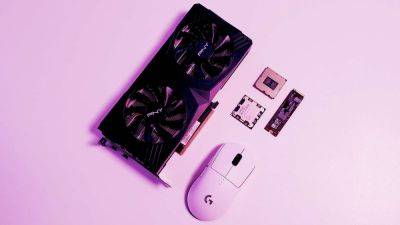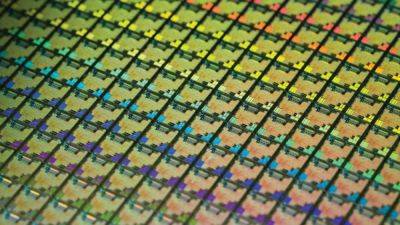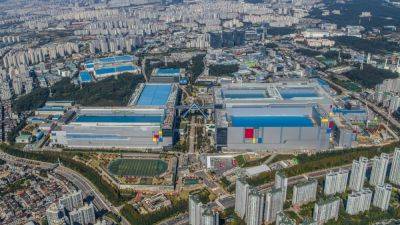PlayStation 5 Pro hardware leak suggests its GPU is a RDNA 3/4-hybrid design, with some big improvements coming this way
Hot on the tails of the rumour that Sony is planning on releasing its own upscaling technology, with the forthcoming PlayStation 5 Pro, comes a wealth of tidbits purporting to be what the next-gen console's hardware is going to be like. The CPU will still be the same ol' Zen 2 core, and the RAM's a bit faster, but the GPU is getting replaced with a whole new design. And it's seemingly a funky blend of RDNA 3 and RDNA 4.
The leaks in question come from Inside Gaming and while they are unsubstantiated claims, the details seem credible enough to me. For example, it's being said that the PS5 Pro's custom AMD APU retains the same Zen 2-powered CPU as in the original PlayStation 5. So that's still eight cores and 16 threads, but that's fine for the majority of games.
It won't be running any faster, though apparently there will be an additional operating mode, letting it draw more power to achieve a 10% higher clock speed. That will come at a cost to the GPU, which would receive less power in that mode, though only losing around 1% of its performance. Why wouldn't Sony go with a faster CPU? The answer to that is simple: Backwards compatibility. All PS5 games, and older ones that also run on the platform, expect a CPU running at 3.5 GHz at best. Changing that by too much could mess up a lot of things.
The same is true of the system RAM. There's 16GB of average speed GDDR6 inside every PS5, and access to it is shared by the CPU and GPU. Running at 14 Gbps on a 256-bit aggregated memory bus, there's a fairly measly 448 GB/s of total bandwidth on offer. The PS5 Pro will apparently offer 576 GB/s of bandwidth and assuming the bus width has changed, that equates to a speed of 18 Gbps.
To put those figures into perspective, the Radeon RX 6800 and RX 7800 XT both have 256-bit buses, but the former uses 16 Gbps GDDR6, whereas the latter has chips running at 19.5 Gbps for 624 GB/s of bandwidth. On paper, that would make the PS5 Pro look especially nice, as the RX 7800 XT is no







